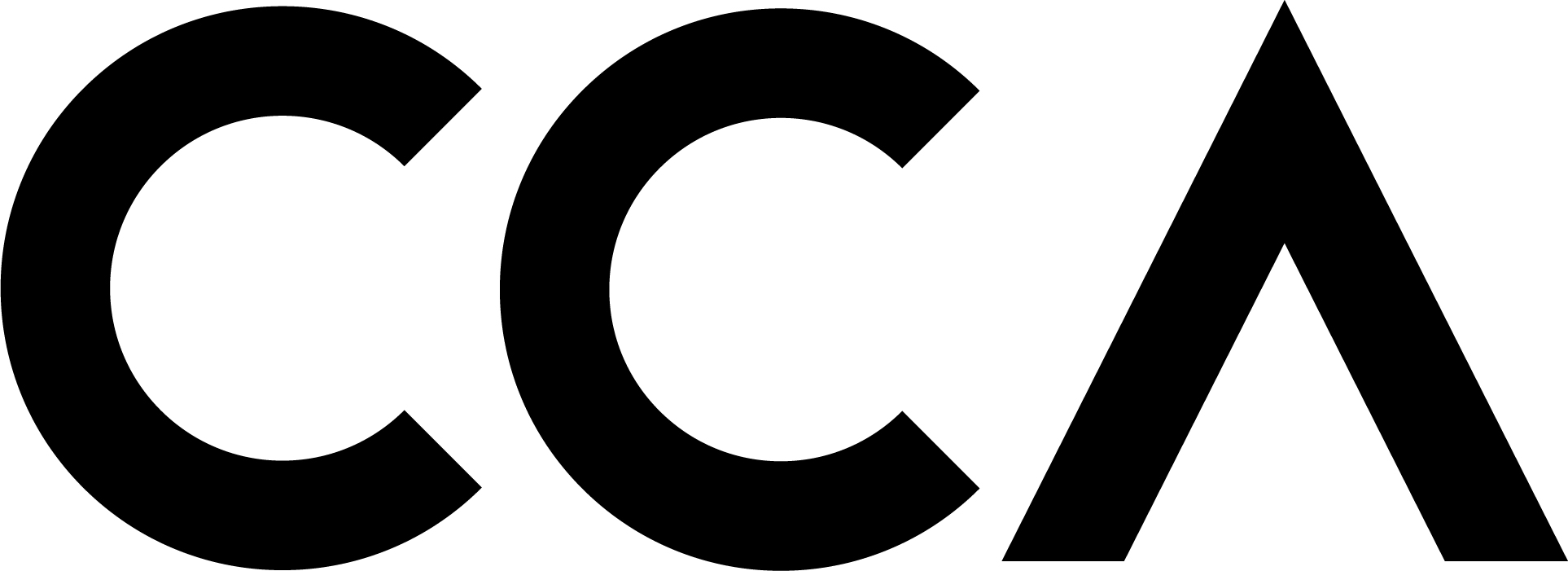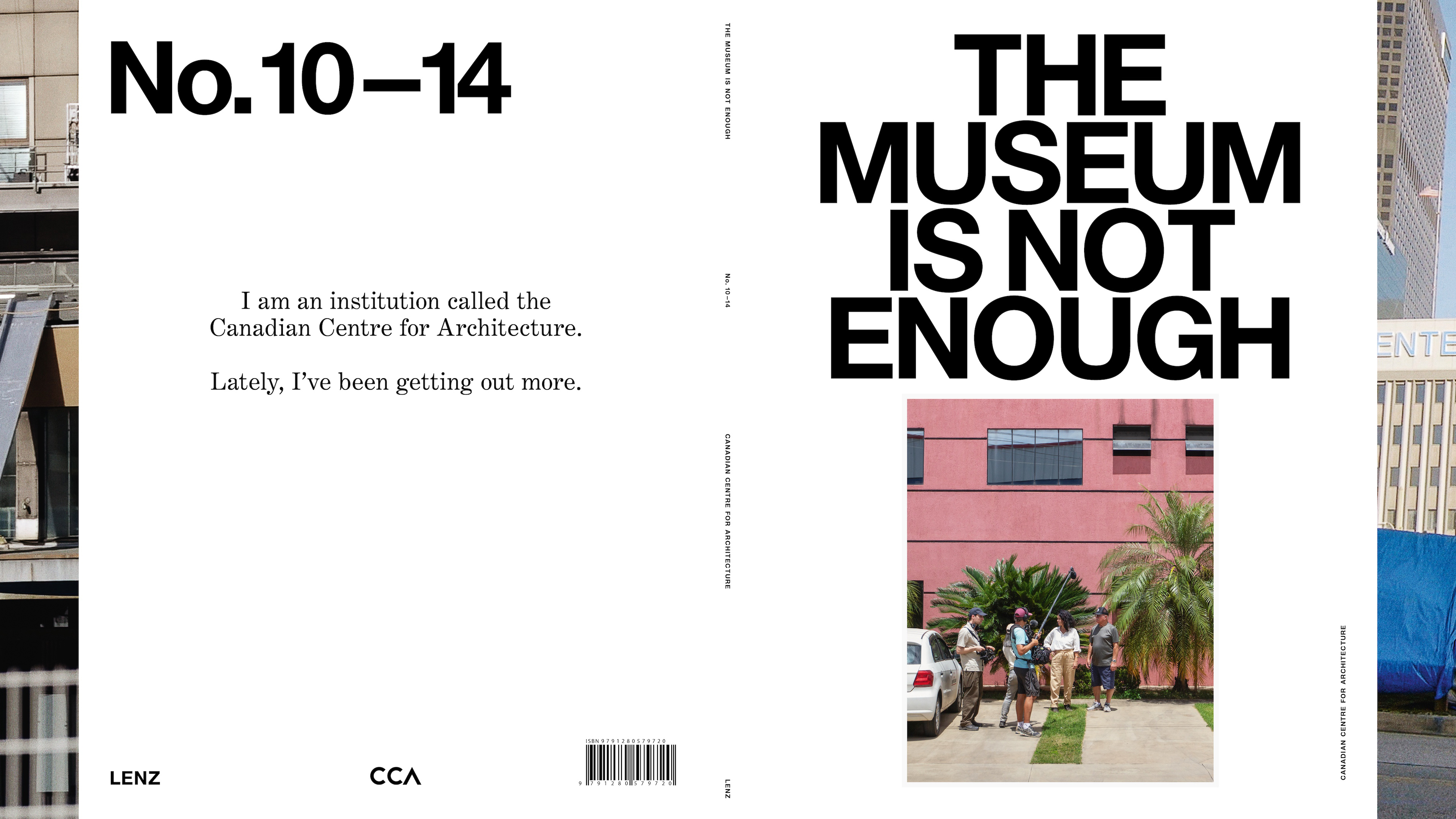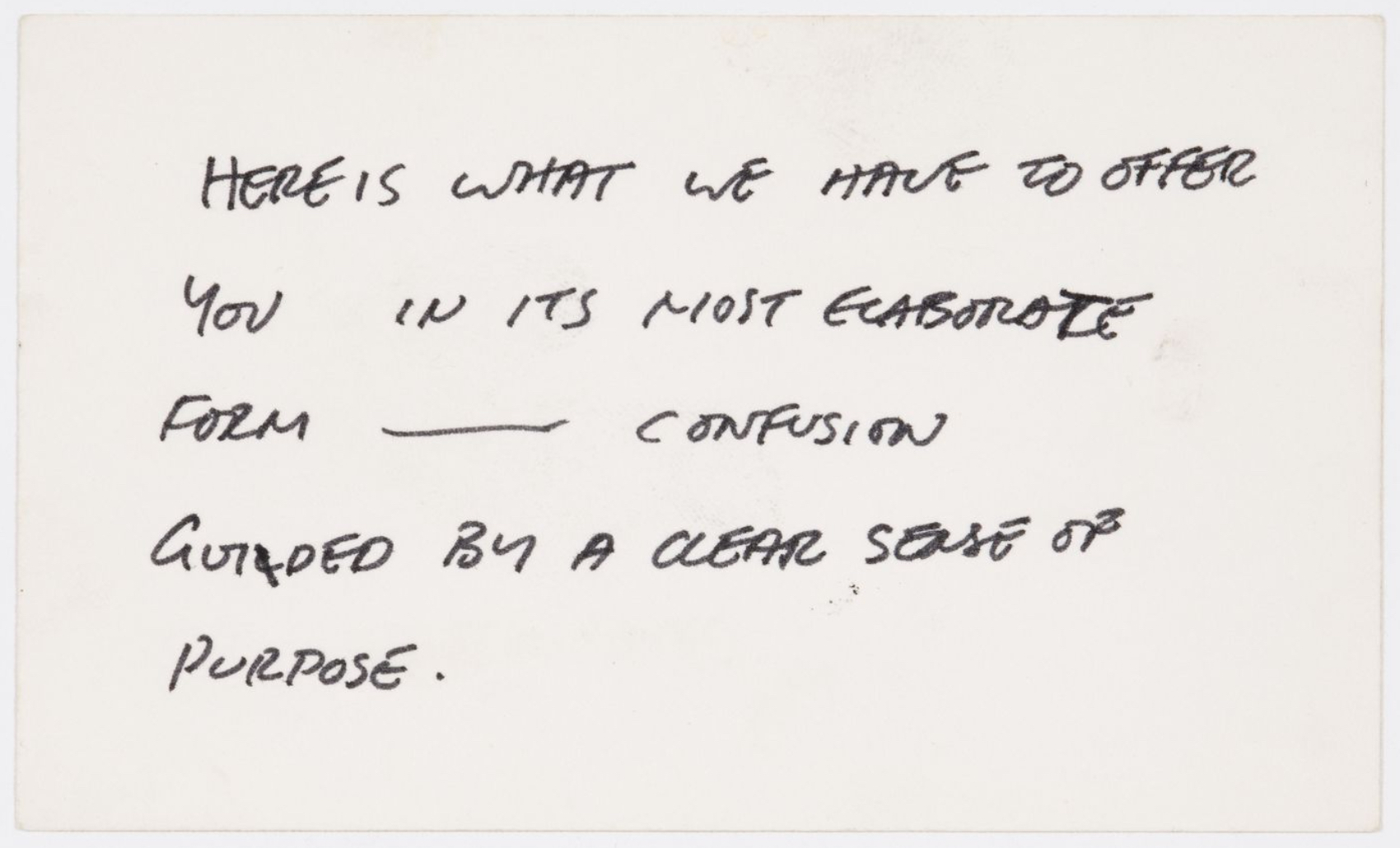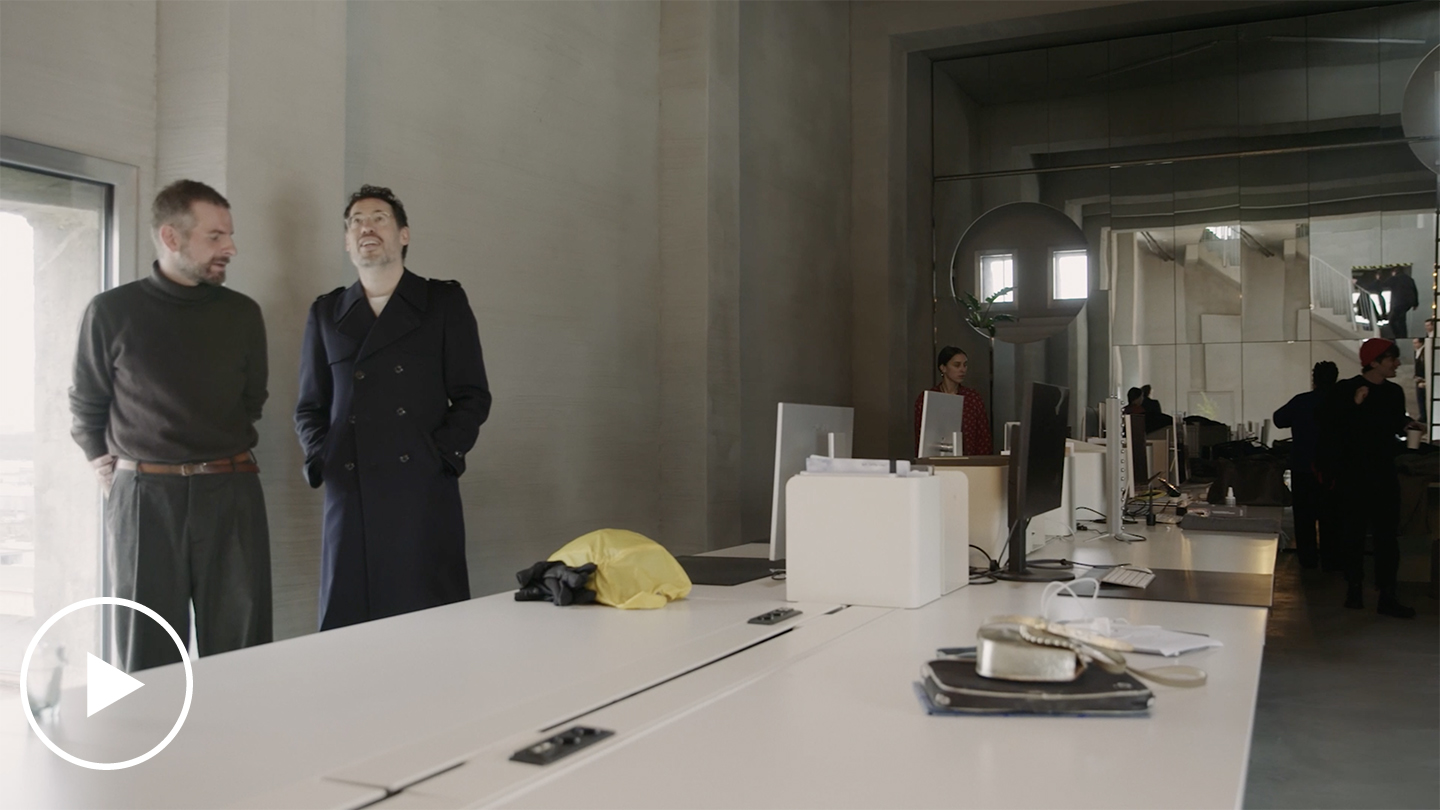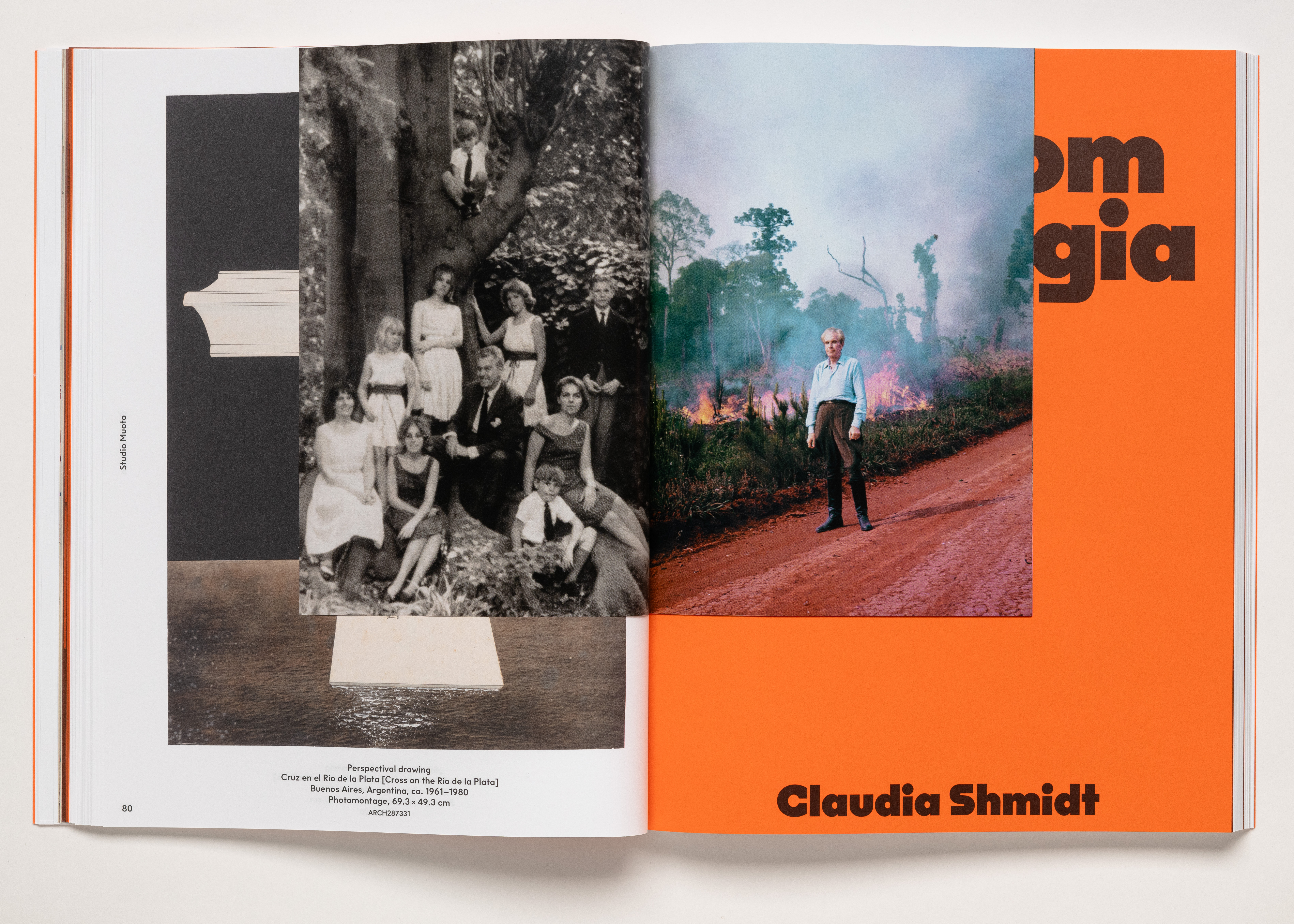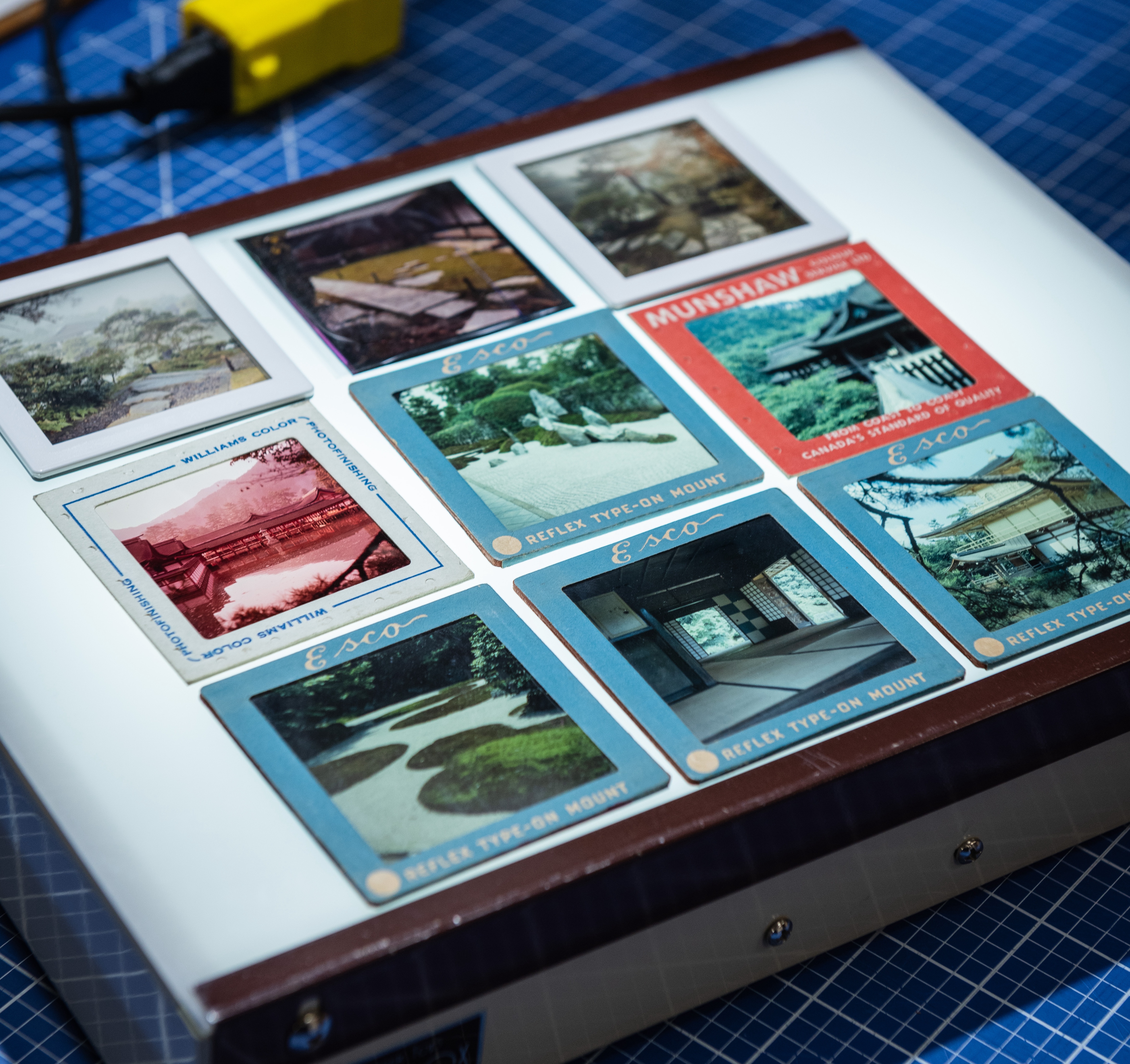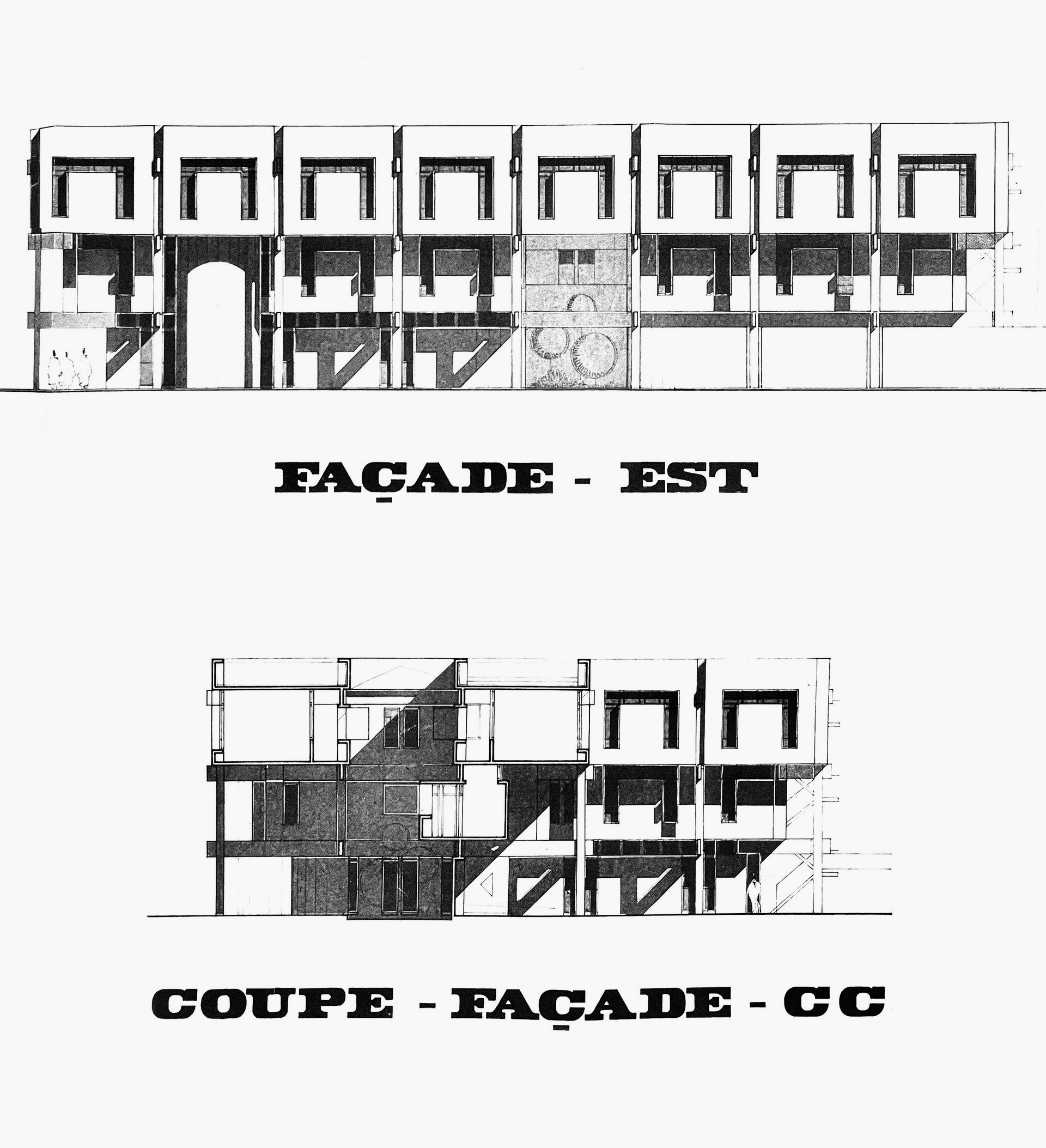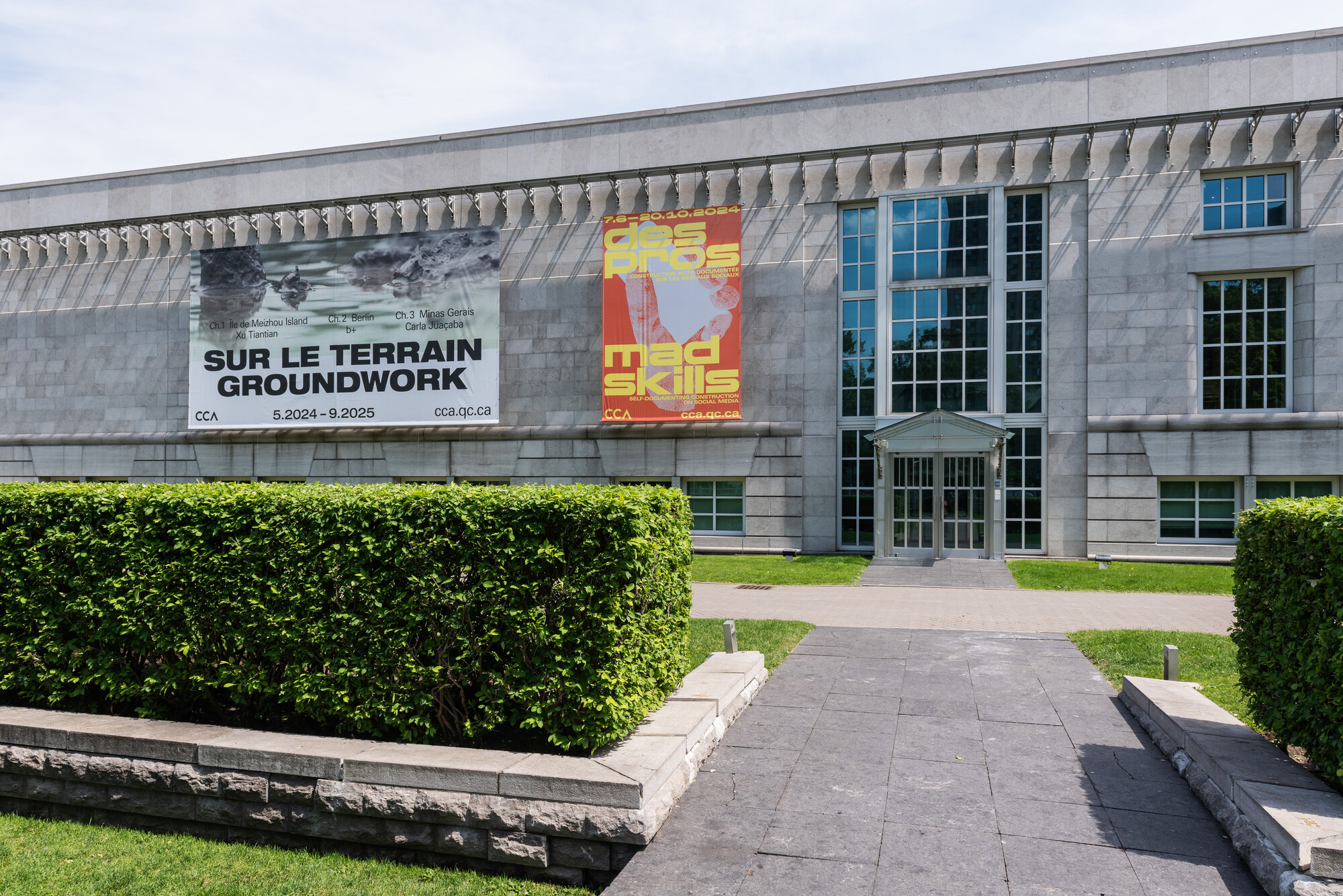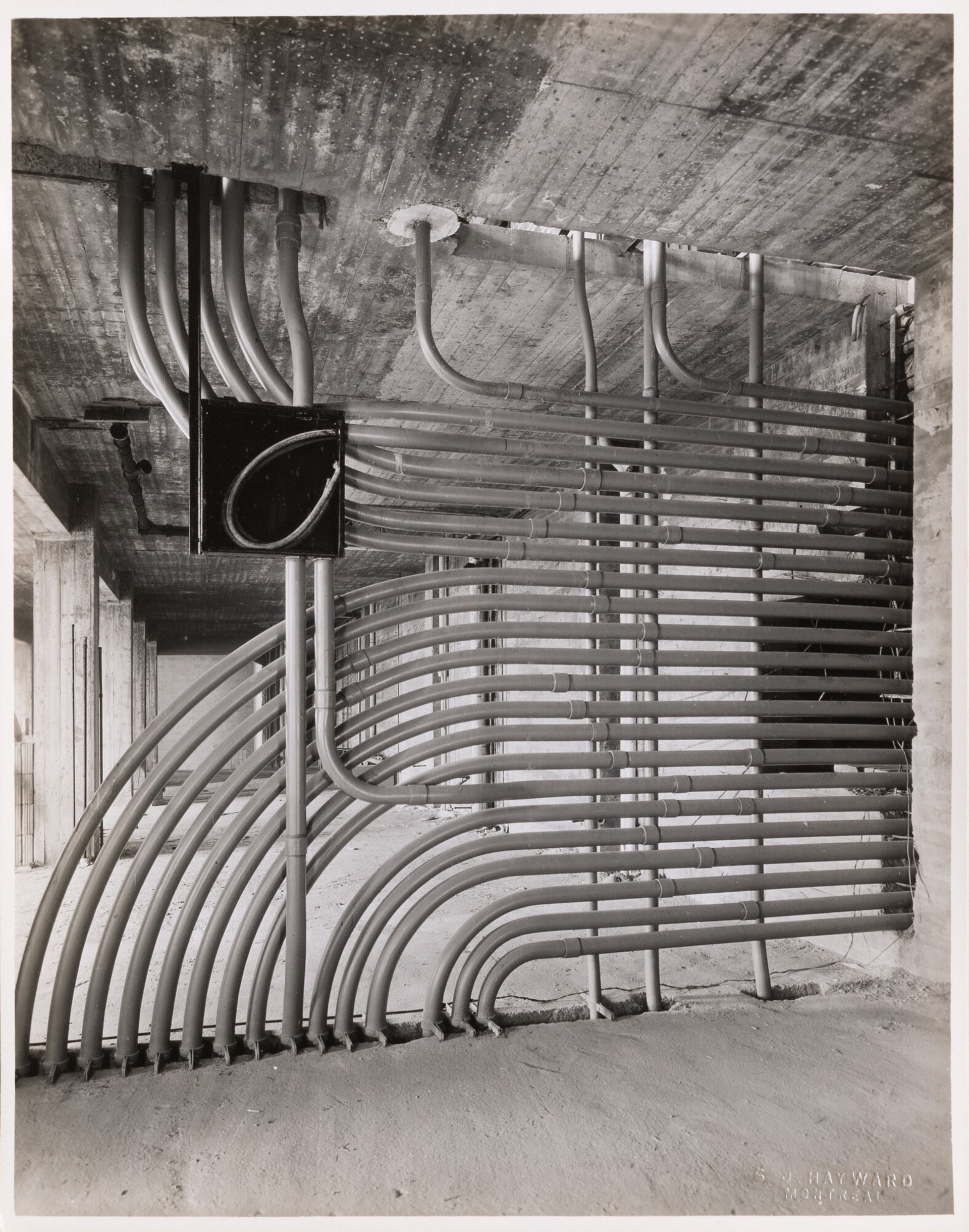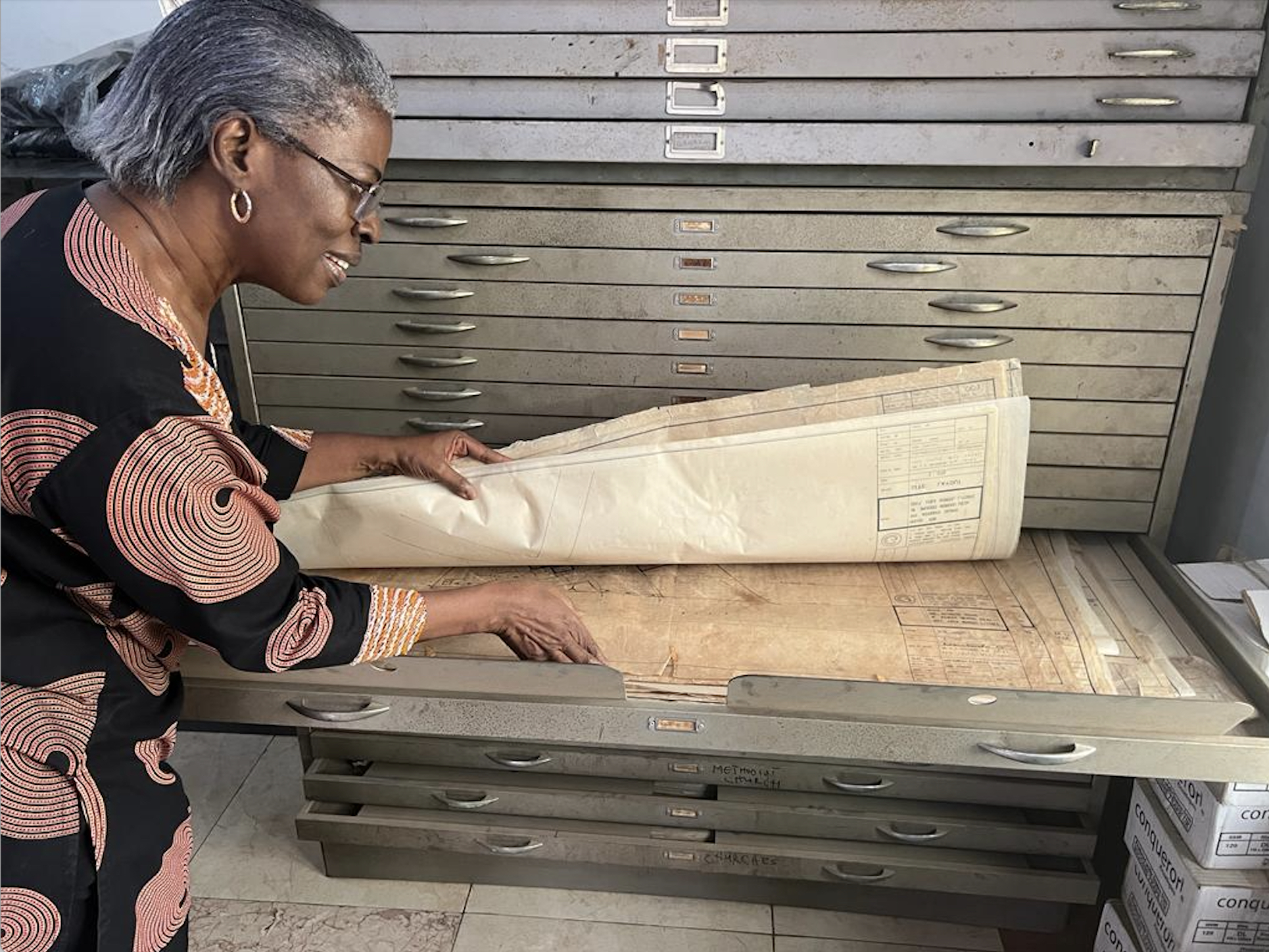Third chapter of the three-part Groundwork film and exhibition series
June 20–September 14, 2025
Montréal H3H 2S6
Canada
How can architects contribute to efforts to regenerate land affected by the weight of an extractive history and unstable climate conditions? What tools can smallholder farmers use to cope with the environmental and social consequences of colonial settlement, urbanization, and industrialization?
These are some of the many questions emerging from With an Acre, the third and final chapter of Groundwork, a film and exhibition series exploring the conceptual development and field research of contemporary architects cultivating alternative modes of practice in light of the ecological crisis.
The arabica coffee plant was introduced to Brazil three hundred years ago and, through the exploitation of enslaved then immigrant labour, grew into an industry that takes up 2 million hectares of land today. Centuries of extractive culture have not only devastated the ecosystems but entrenched social inequities. Unpredictable and extreme weather events are further threatening livelihoods in the countryside. Despite a brutal history and ever-precarious present, there is a movement towards regenerative agriculture and reforestation.
With an Acre follows Carla Juaçaba as she develops a museum and community space in solidarity with Flor de Café, a collective of smallholder farmers in Minas Gerais. Inspired by the temporality of Indigenous collective structures and the form of highway billboards that mark the extended rural landscape in the region, Juaçaba proposes a landmark on an elevated plantation overlooking the town of Nepomuceno. Light and tactical construction will provide a space for sharing knowledge, offering a symbolic stage of resistance while leaving a minimal trace on the earth. The pavilions will frame views of the region, but more importantly will set a vision for the future of the territory.
Guided by an urgency to understand the fundamental ways that architects are enacting change in the built environment, curators Francesco Garutti and Irene Chin, alongside film director Joshua Frank, present a layered reportage: while the film (2025, 45 min) narrates the aspirations for the project from multiple perspectives of the collective, the exhibition reflects the architect’s ongoing research. With an Acre is the story of Juaçaba’s search for an essential set of gestures in solidarity with movements of agrarian reform and forest conservation, and for architecture to provide a practical scaffold for resilience.
“Architecture is not for oneself, but for others. I’ve felt this even more strongly in this case because Milena is an incredible person. She has worked with the farmers for years; I have not. She has been transformational in the lives of generations of farmers, who are now aware that they should have their own product instead of selling it like they used to, and that they should create their own value. She is thinking about the education of children, and she is also thinking about the museum. The museum is rooted in her idea of retelling the history of Brazil through the history of coffee, which is the story of the destruction of our forests, but it is also going to be a living museum about biodiversity.”
—Carla Juaçaba in conversation with Marina Oba about her work with Flor de Café and the collective’s founder Milena Rodrigues. You can read the full conversation Dimensions of an Idea published this week as part of Forces of Friction to mark the opening.
Groundwork launched in May 2024 with Into the Island, following Xu Tiantian to Meizhou Island off the coast of China where she is creating a set of interventions to mediate between pressures of heritage and tourism with marine ecology. The second chapter, To Build Law, focuses on the work of bplus.xyz (b+) based in Berlin, and station.plus (s+), the chair for architecture and storytelling at ETH Zurich, as they organize HouseEurope!, a European Citizens’ Initiative to shift culture and legislation toward preservation and rehabilitation of the existing building stock.
To find out more about our film, research, publication, and curatorial projects, subscribe to our newsletter.
